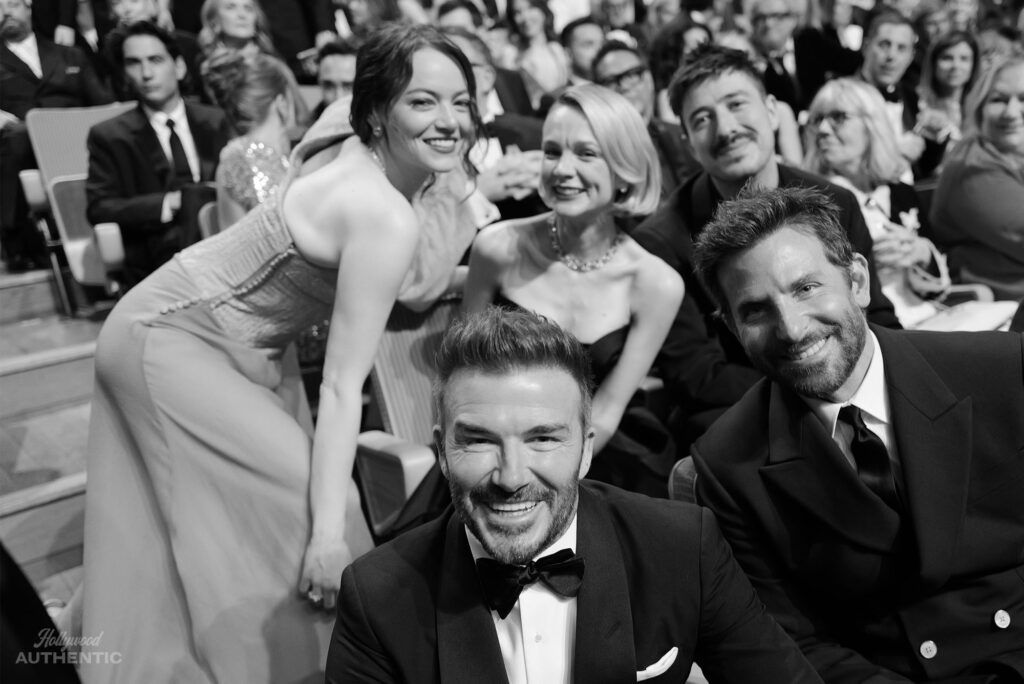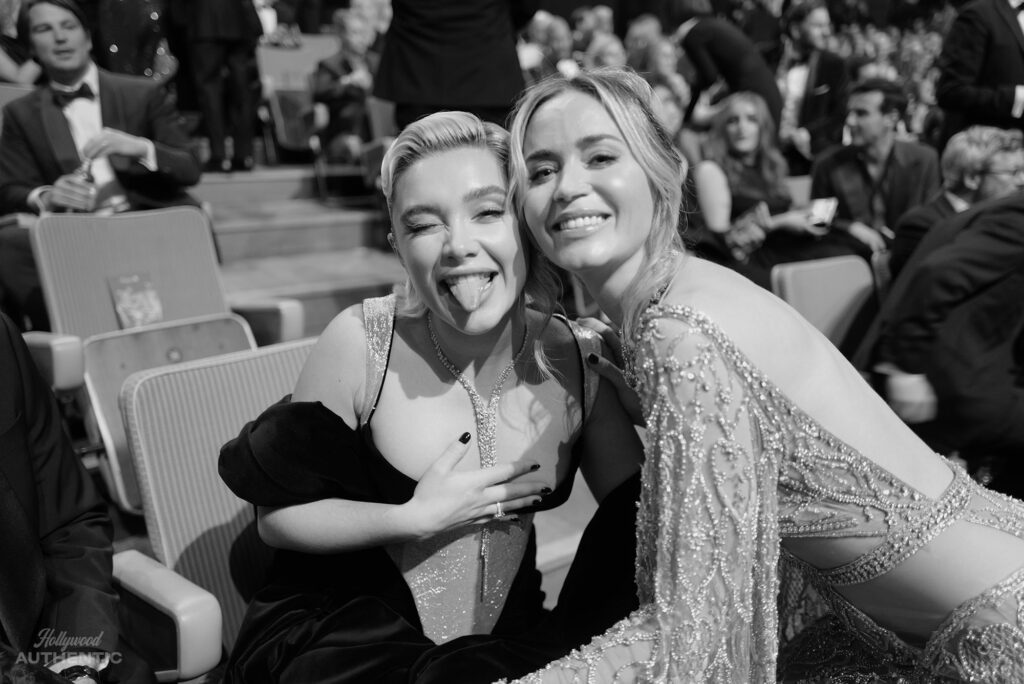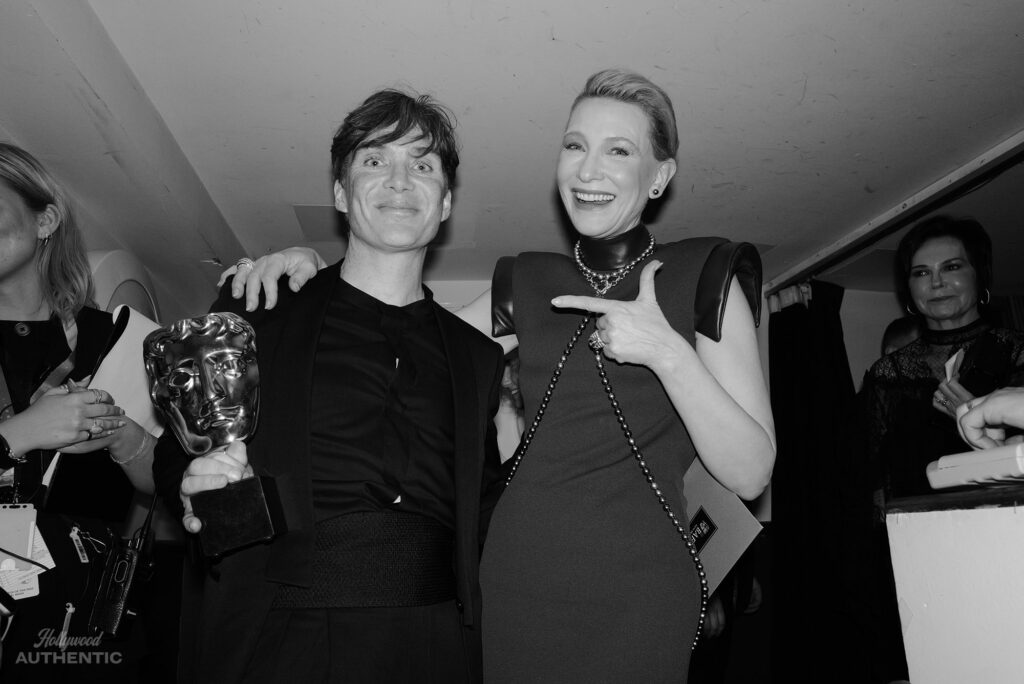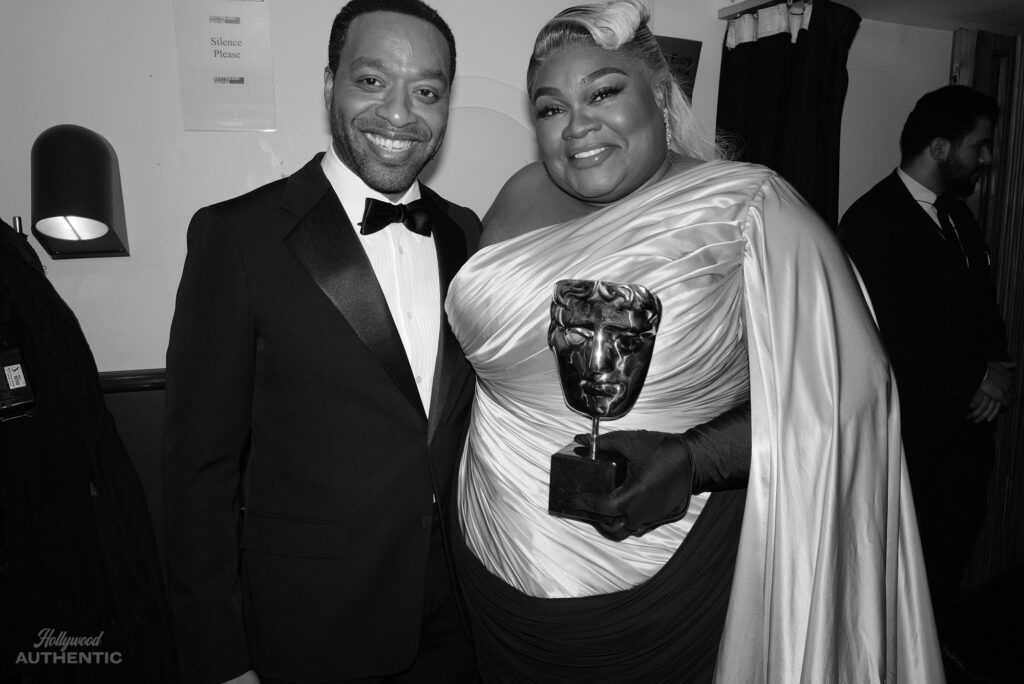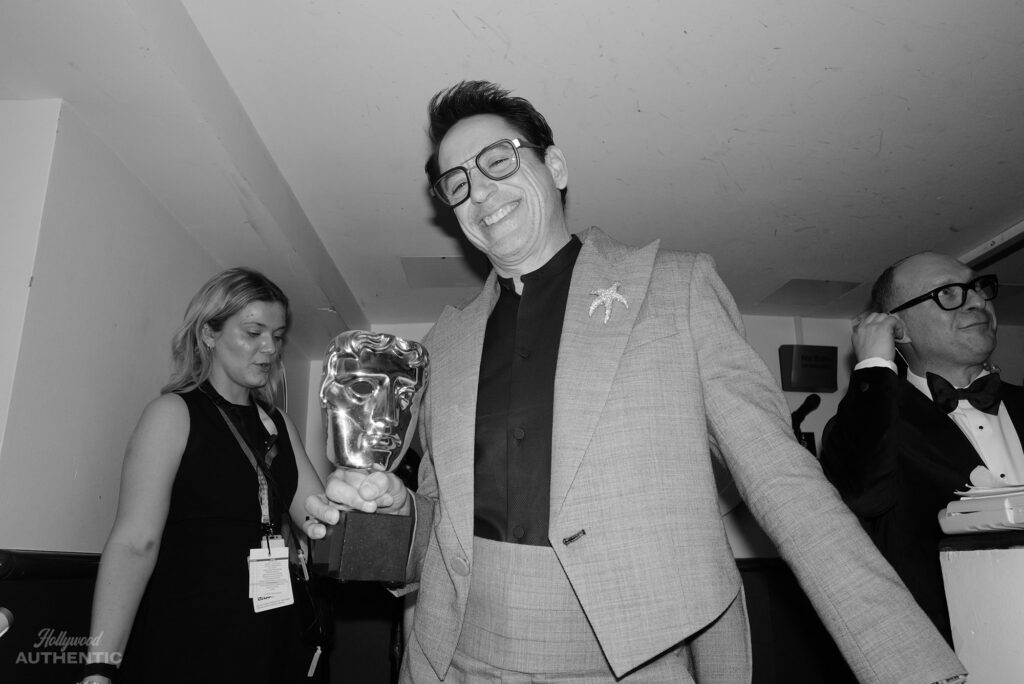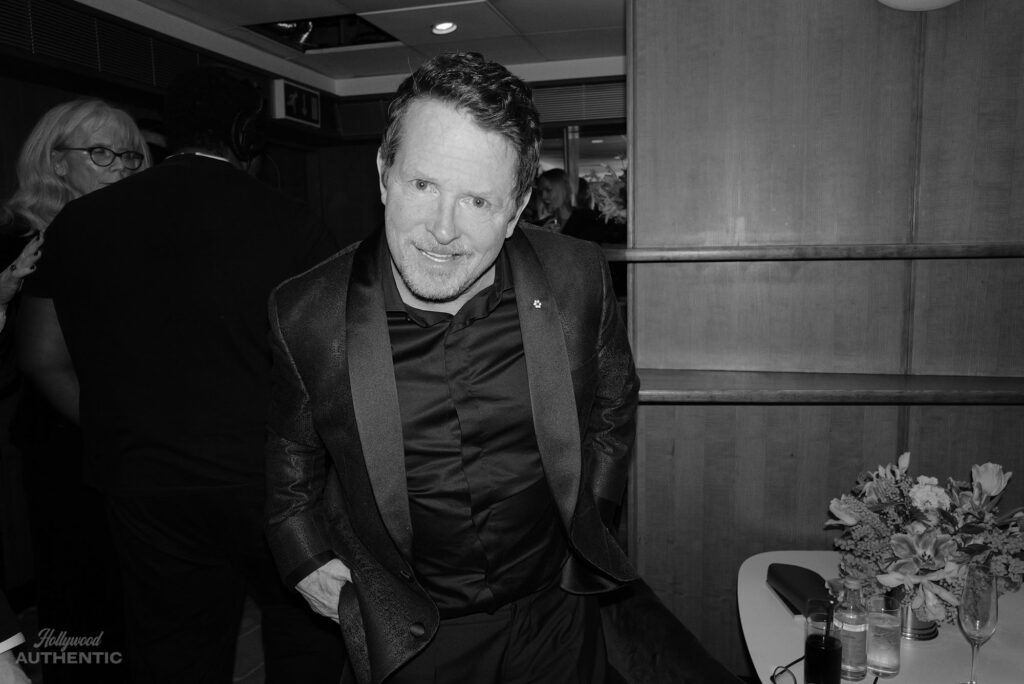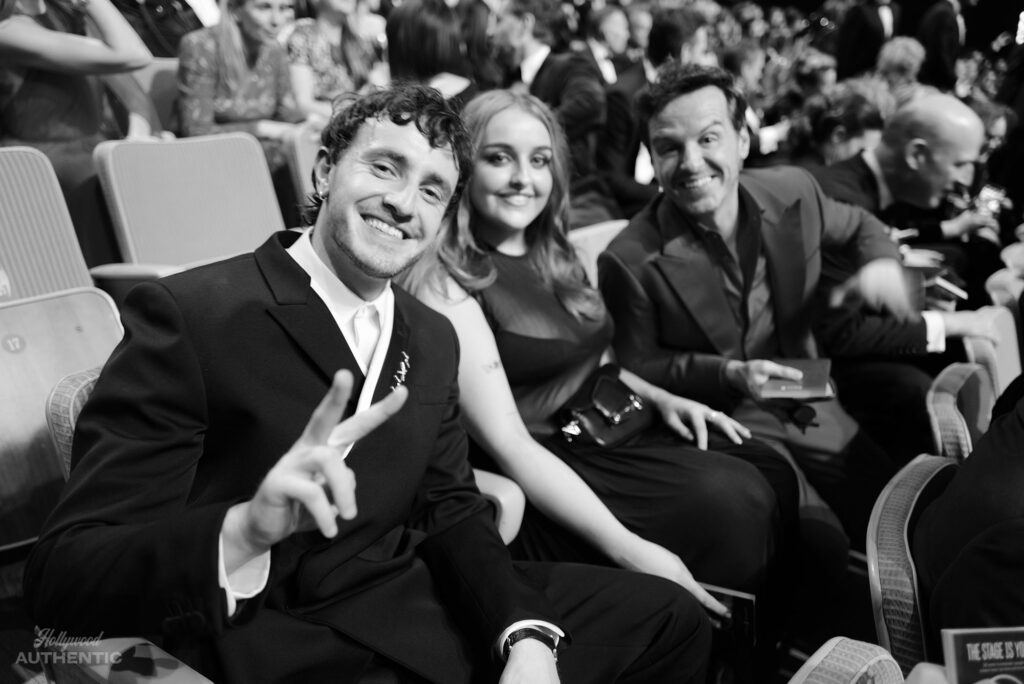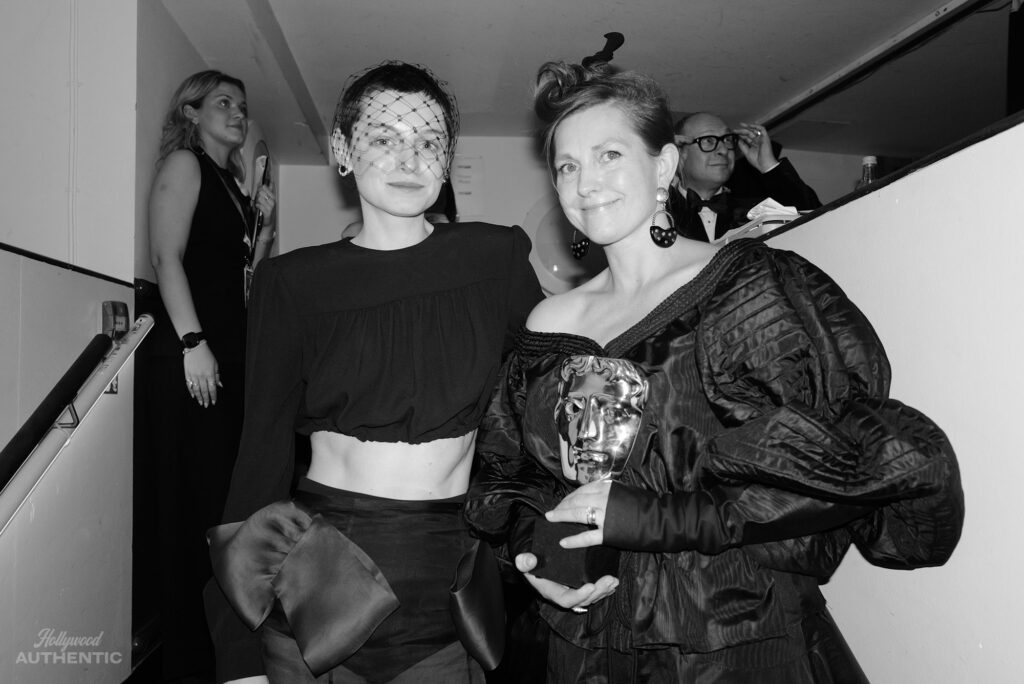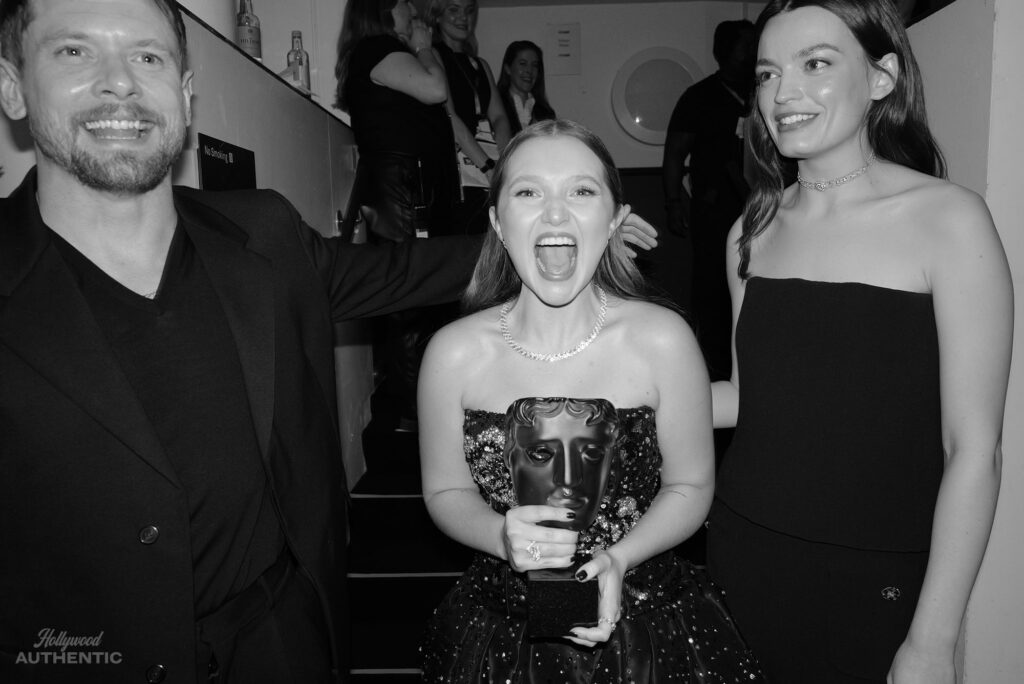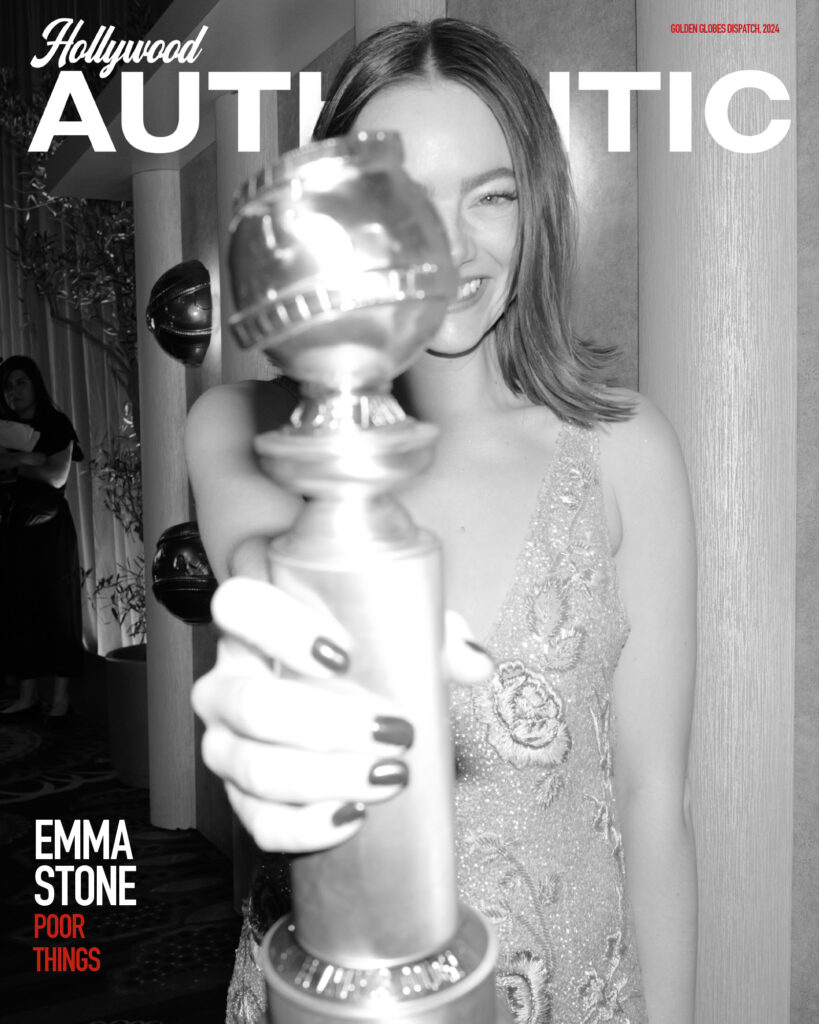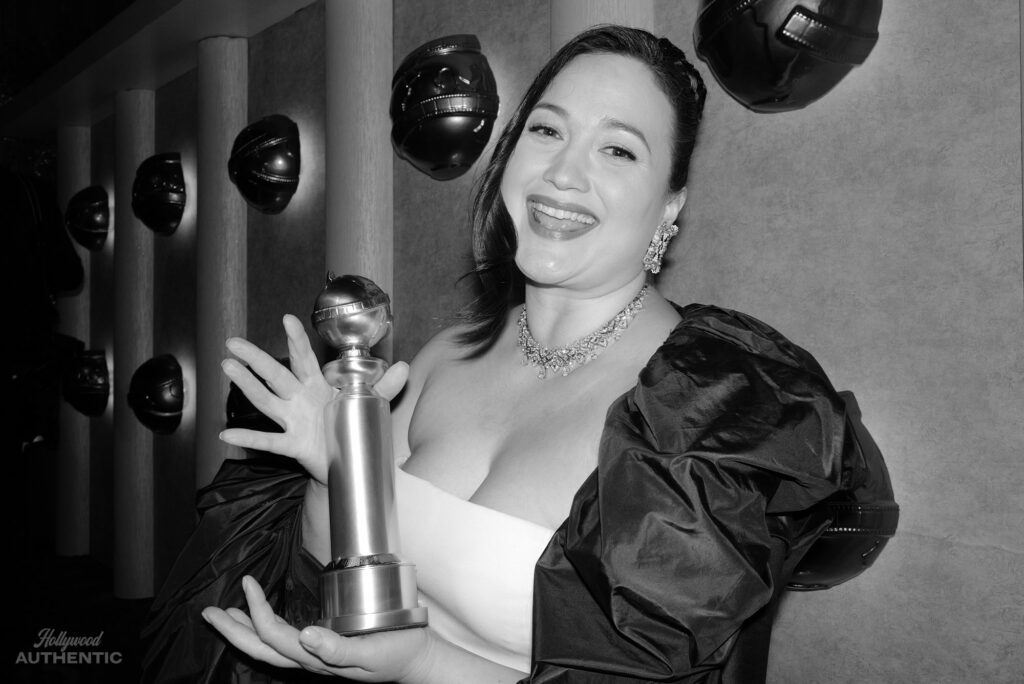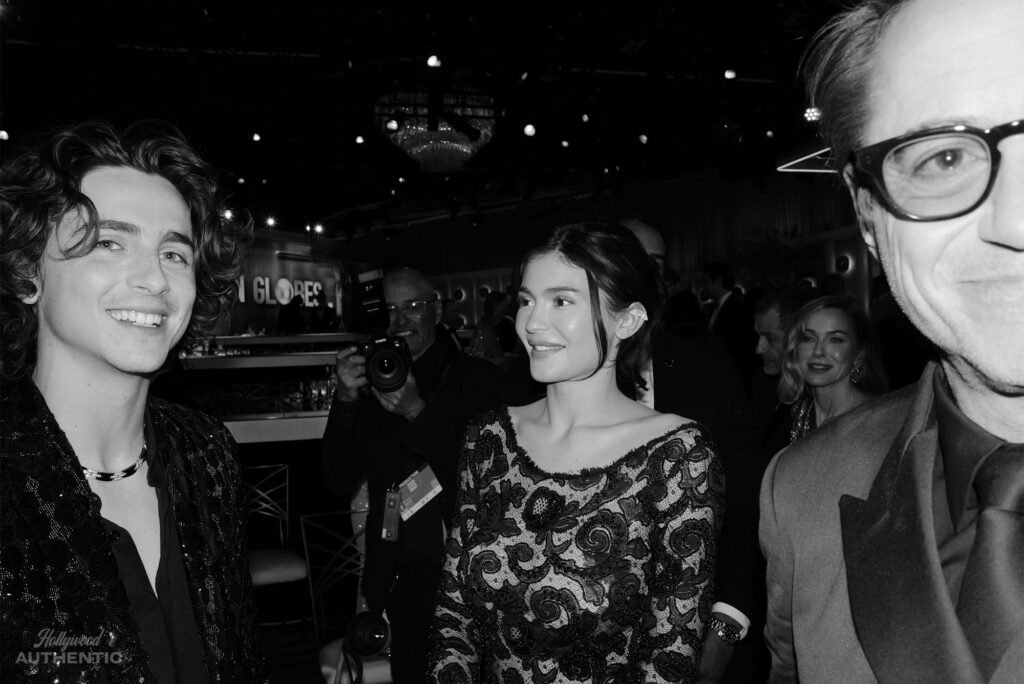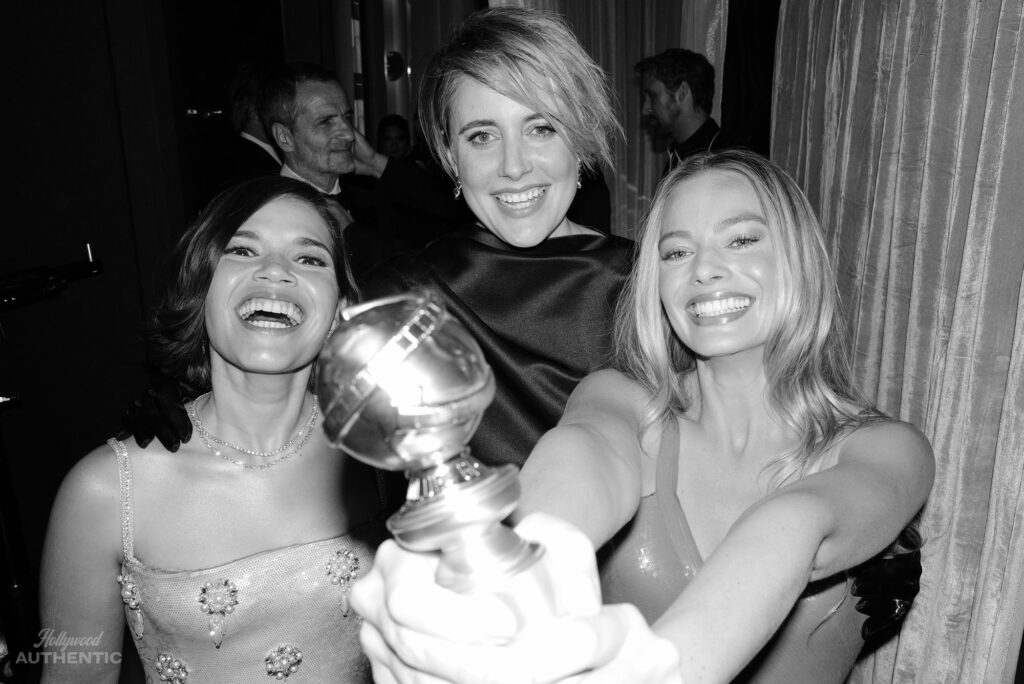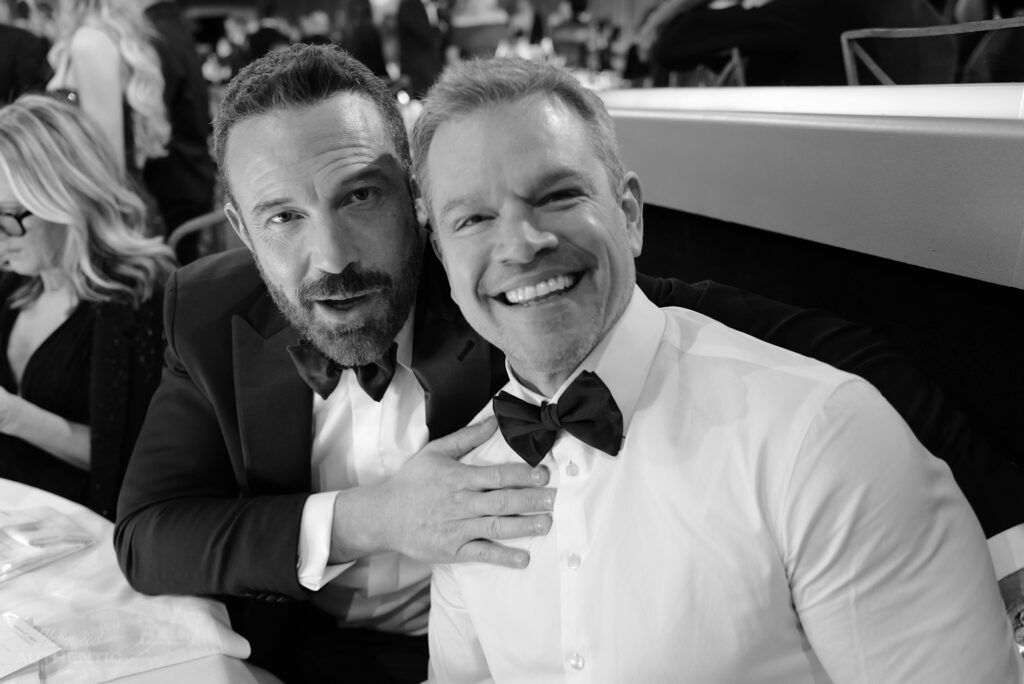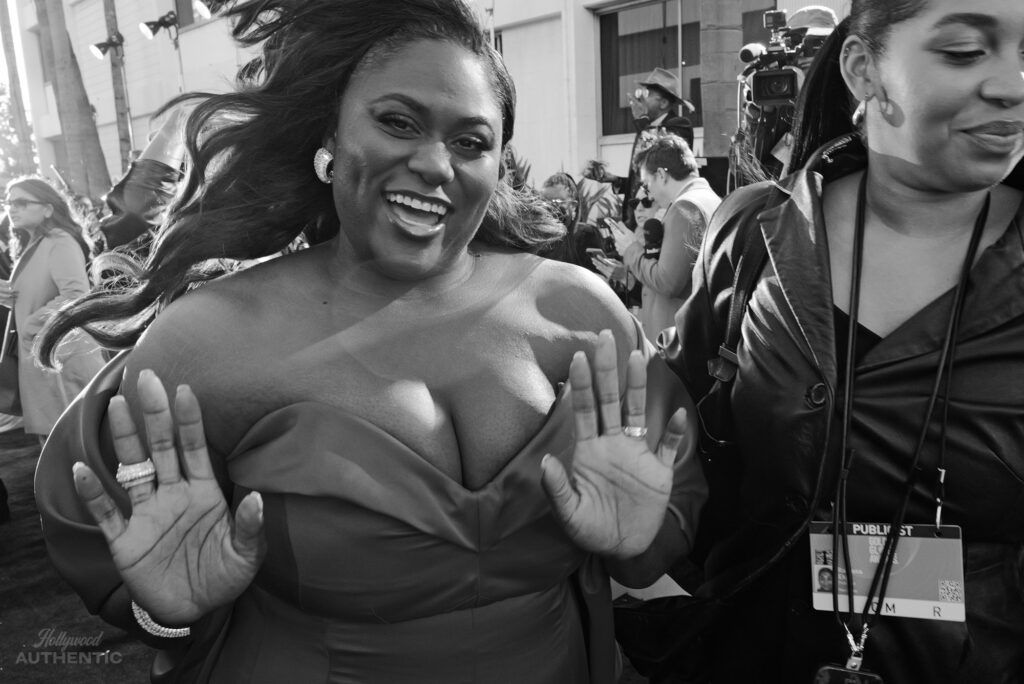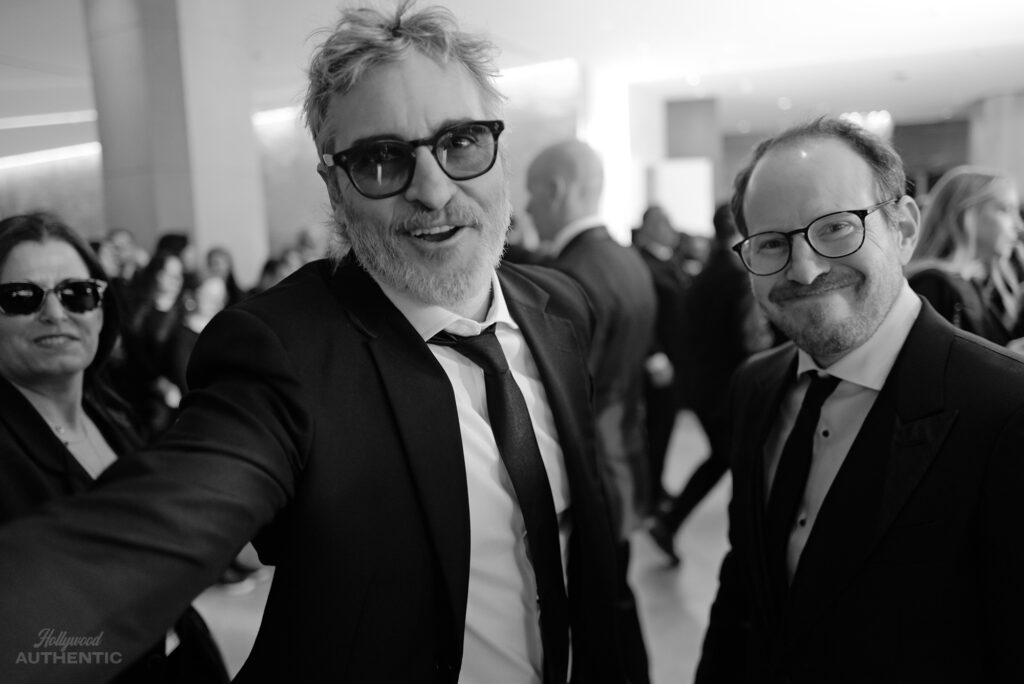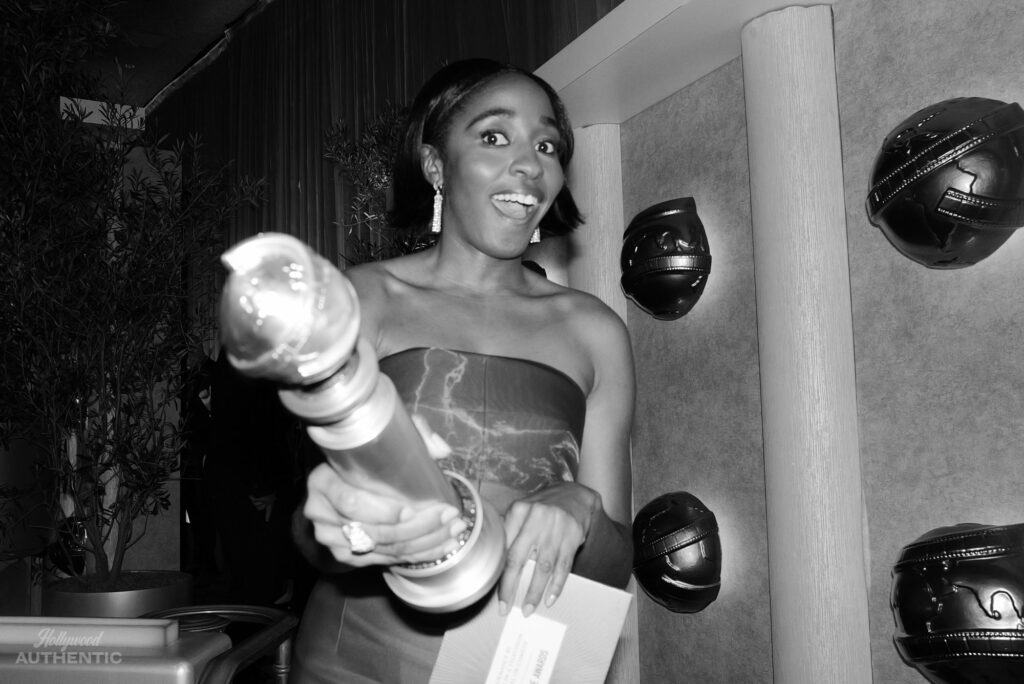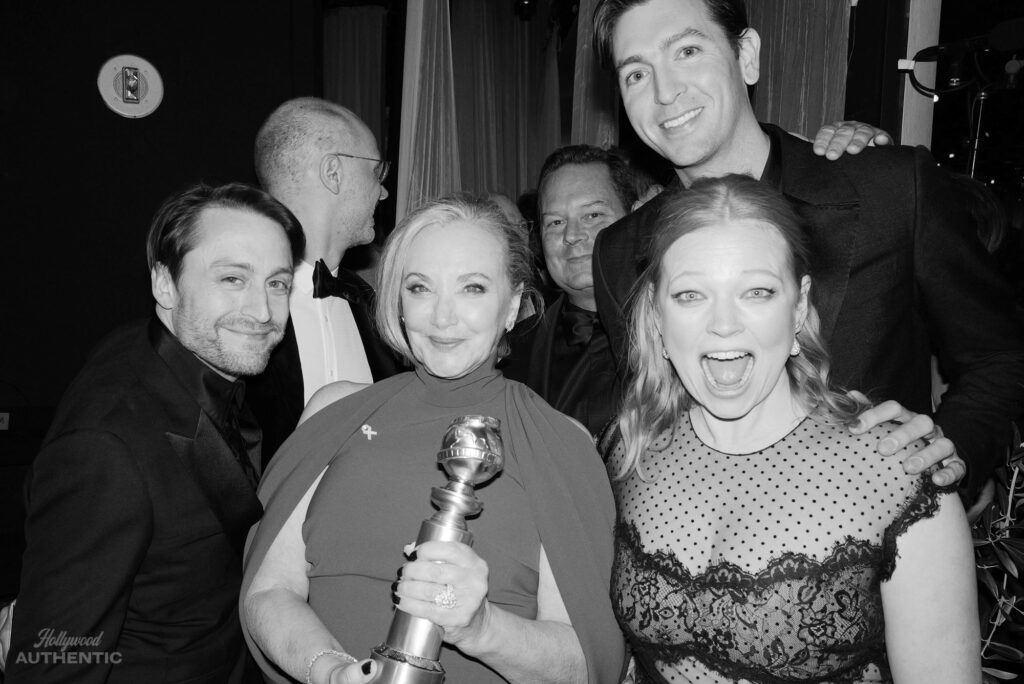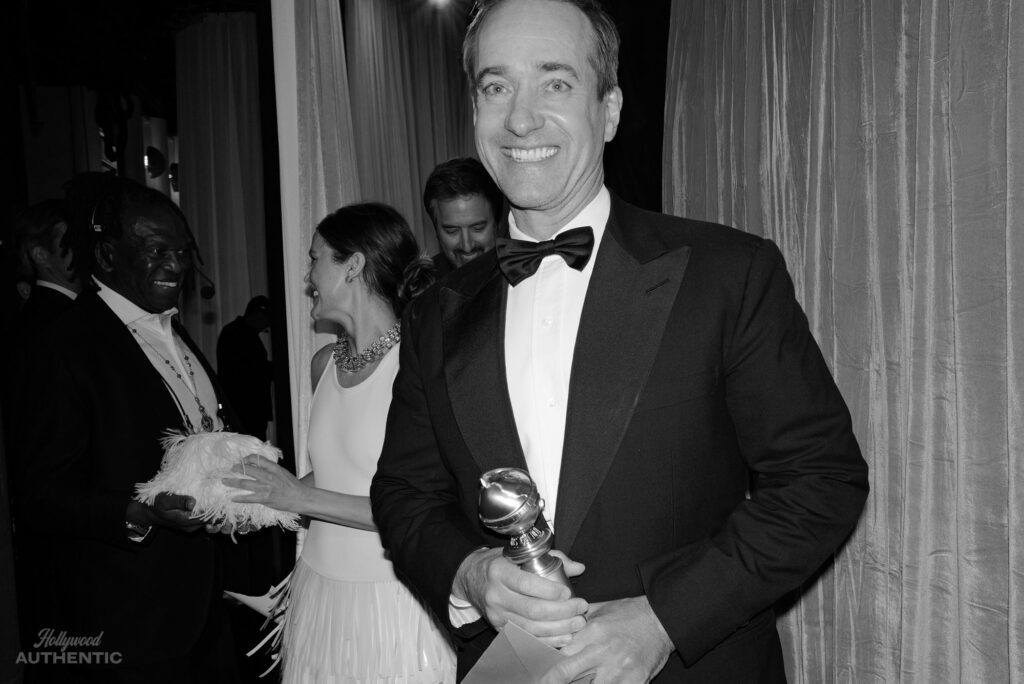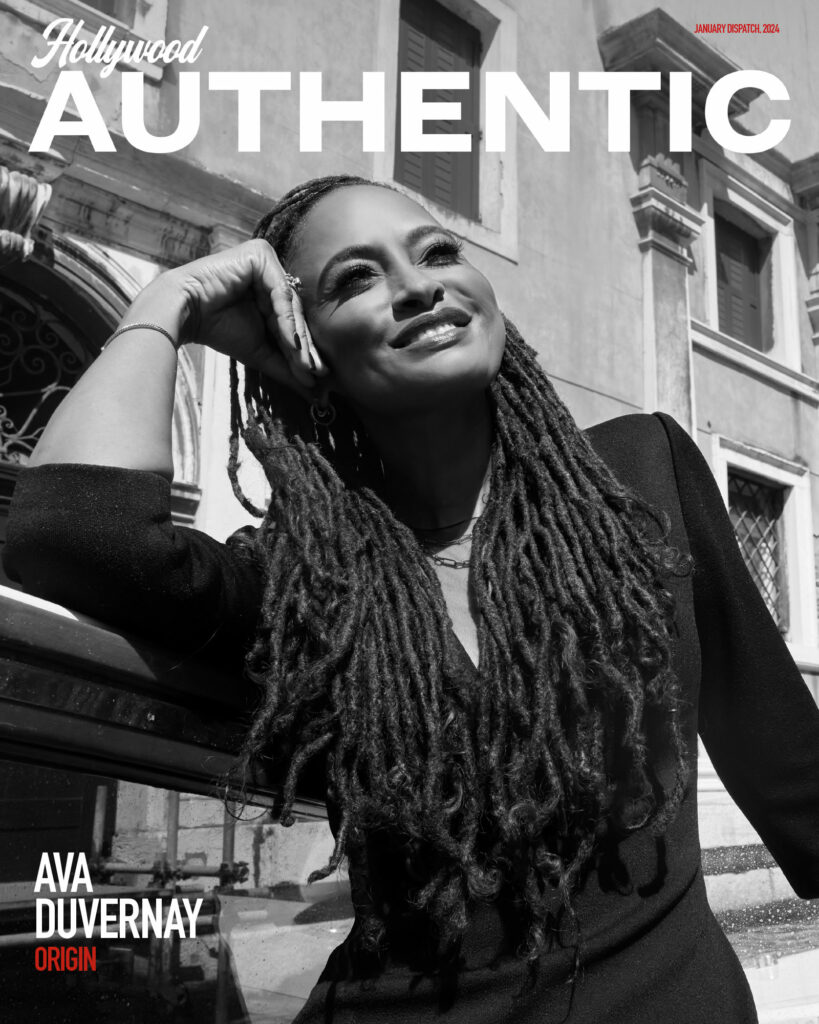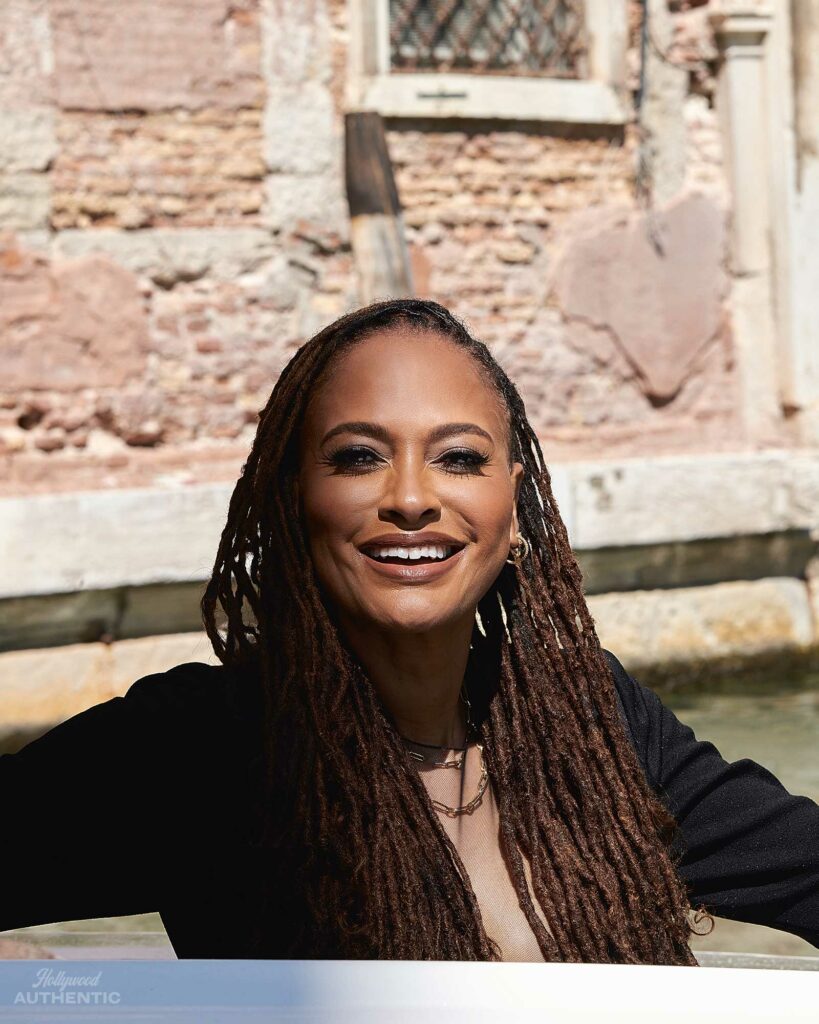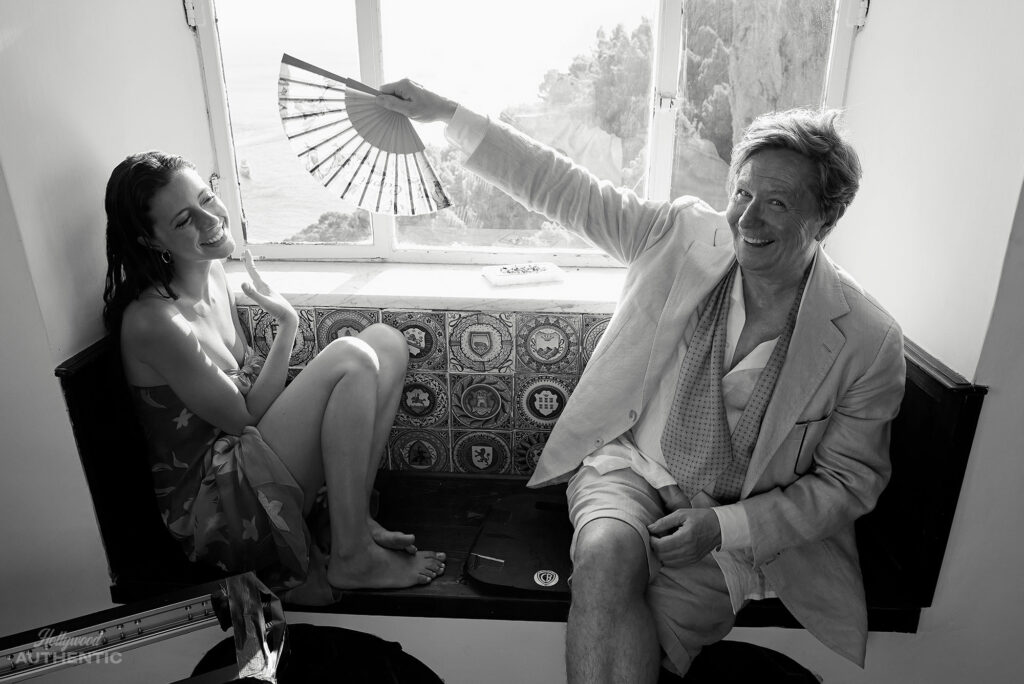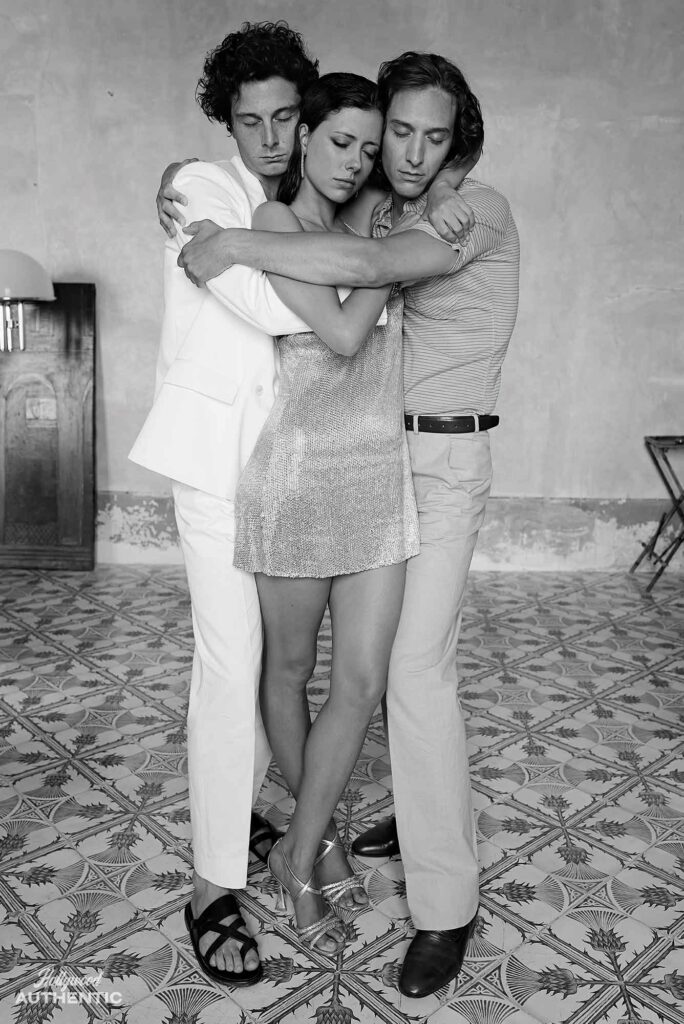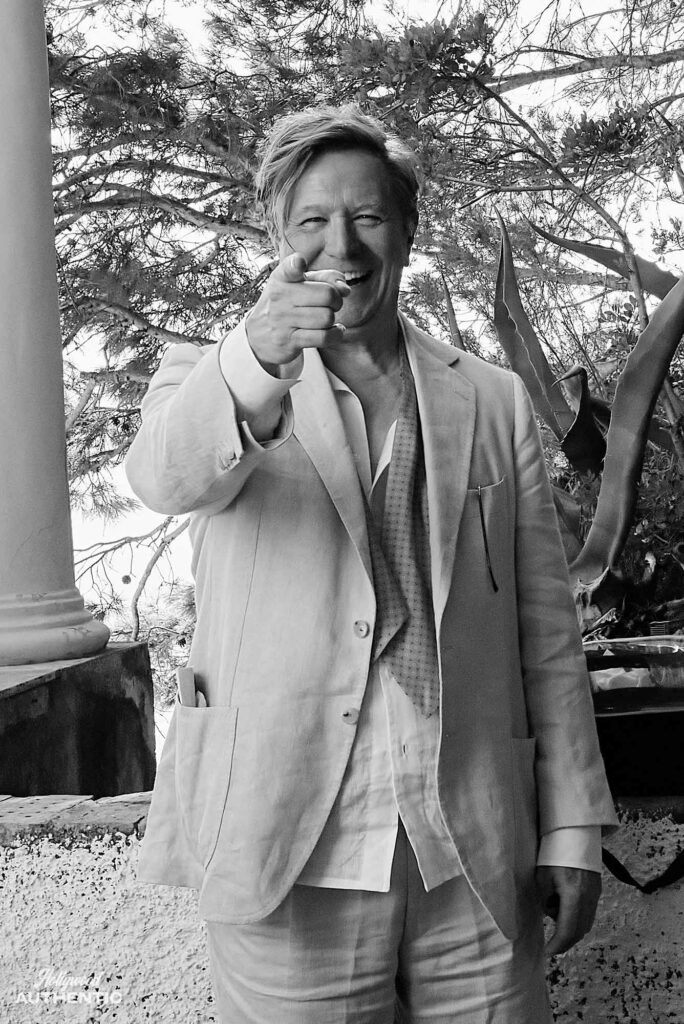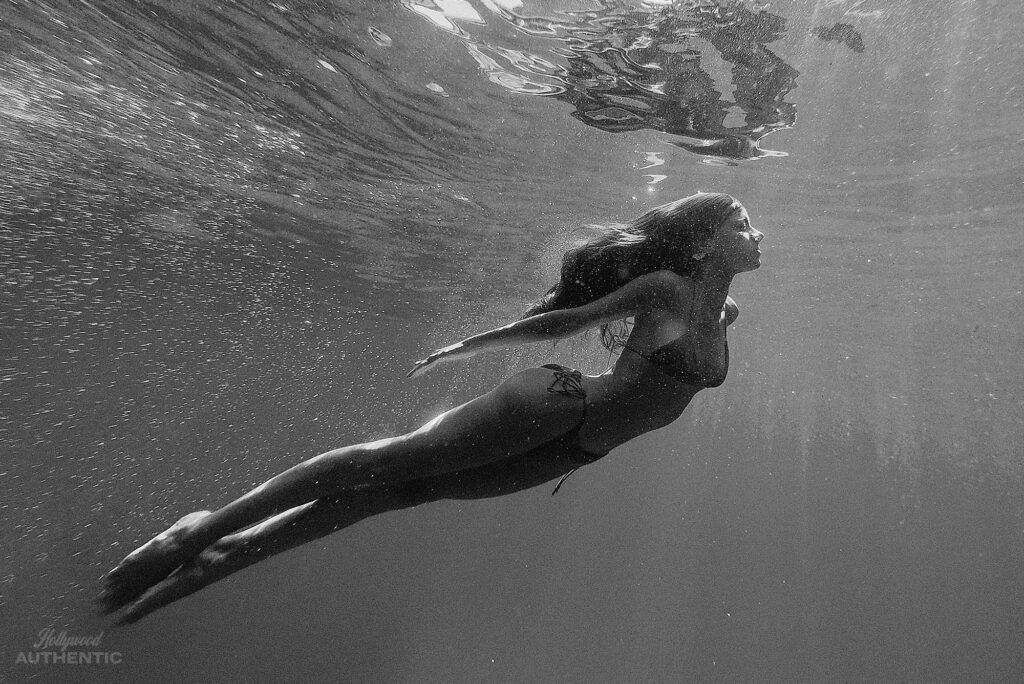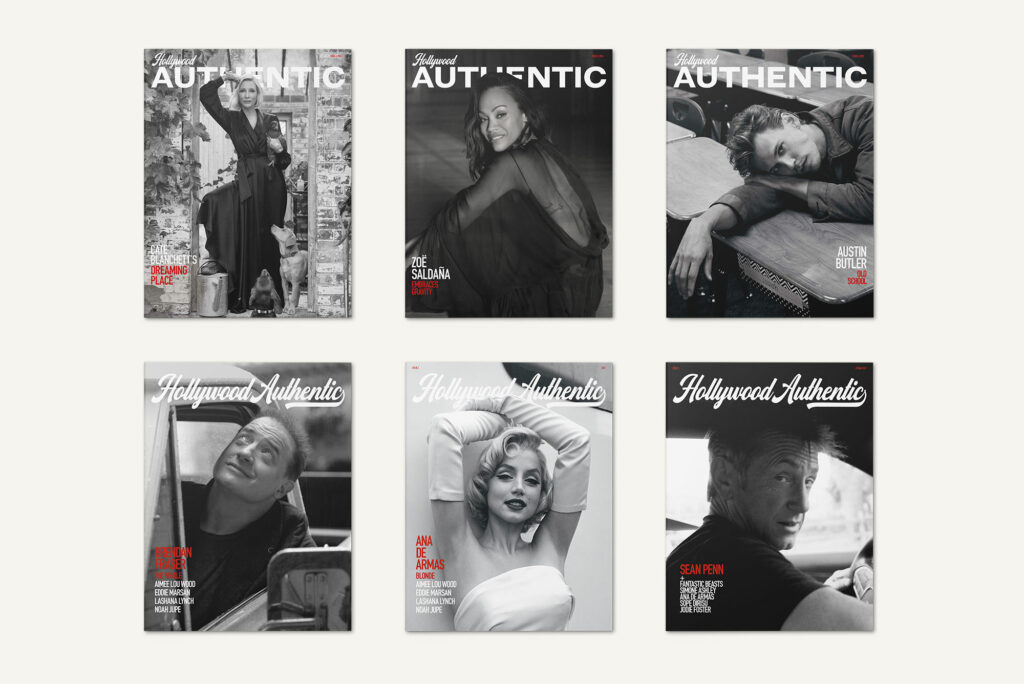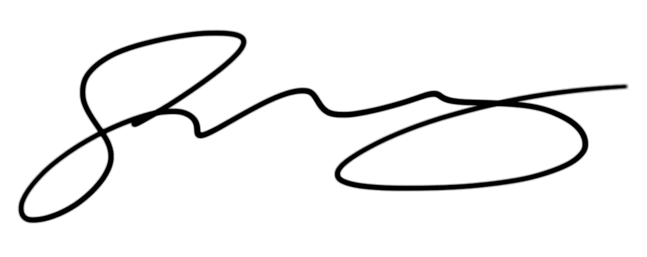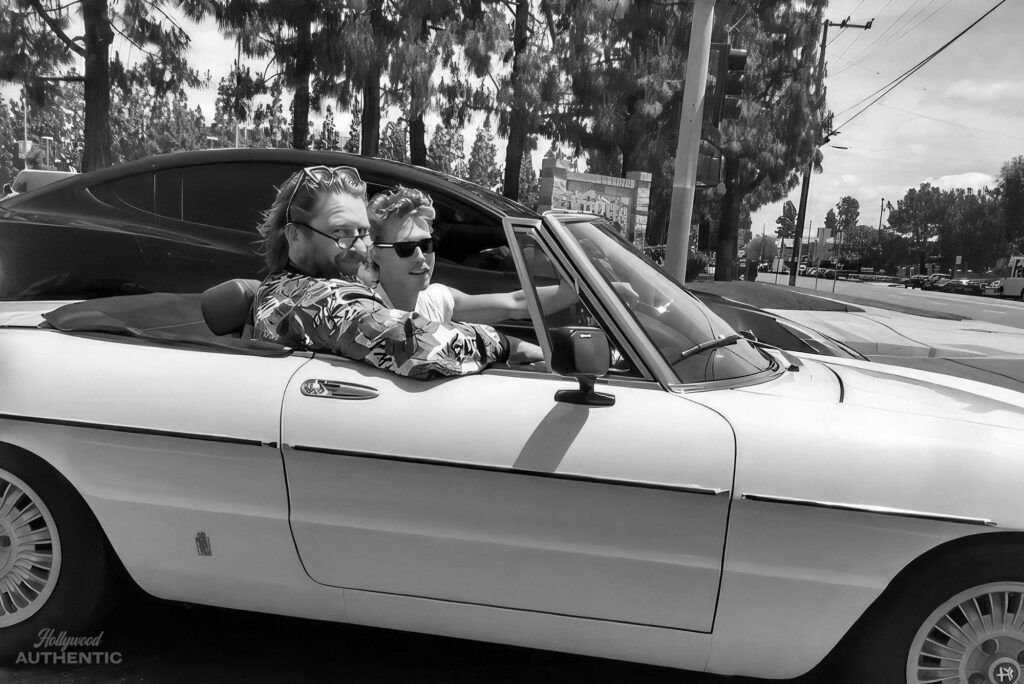
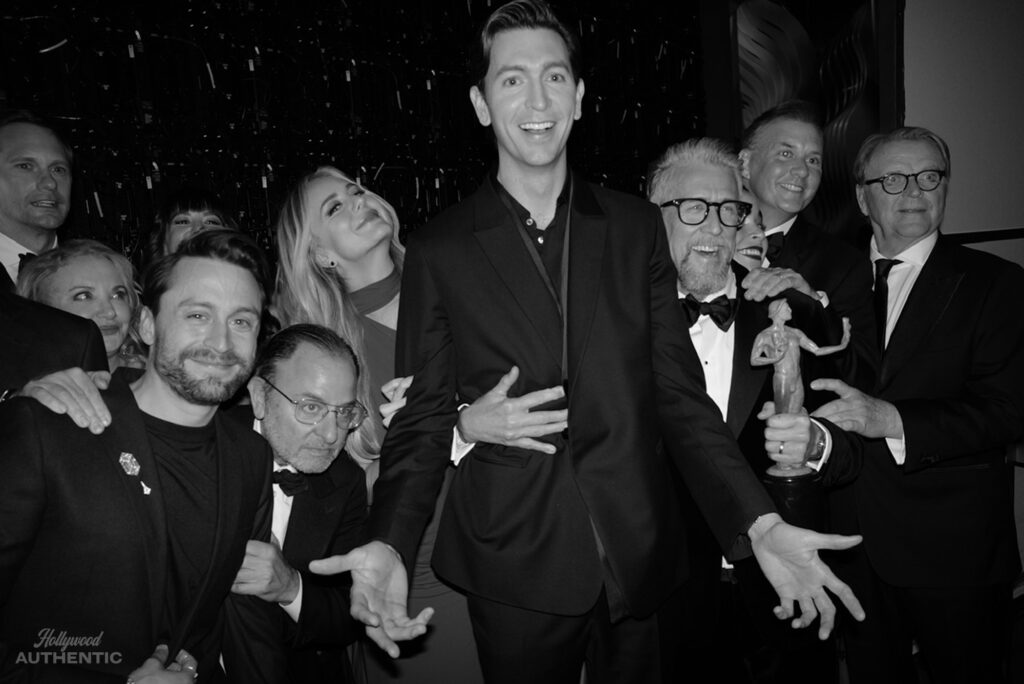
The 30th Screen Actors Guild Awards mark another step towards Oscars in awards season – and Hollywood Authentic was there on the dove grey carpet and inside the ballroom for all the drama… As the actors gathered at LA’s Shrine Auditorium on Saturday afternoon, the mood was more celebratory than usual given the tumultuous year the voting body, SAG-AFTRA, have had since the last awards ceremony. After months of crippling strikes, this event felt like a moment to not only congratulate specific talent in awards categories but the acting community as a whole for being able to return to film and TV sets after fraught negotiations through the end of 2023.
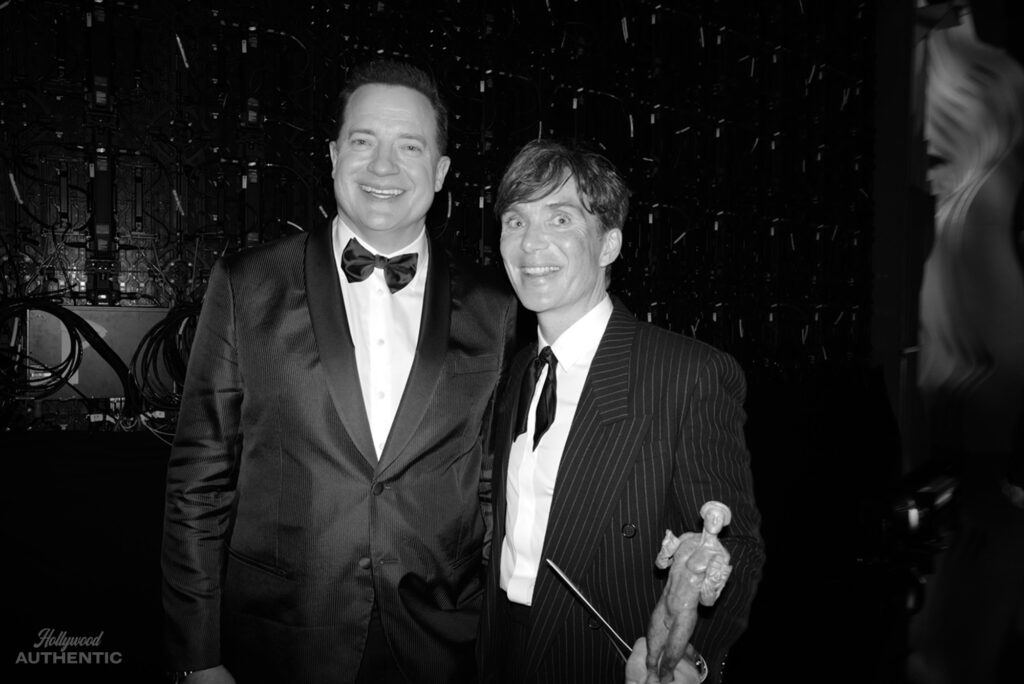
It was something a luxuriantly-bearded Kenneth Branagh touched on when he and his castmates got on stage to accept the award for outstanding performance by a film cast for Oppenheimer, recalling how the London premiere for the film in July coincided with the strike beginning. “We all walked off the carpet and stood in solidarity with the union. We didn’t get to see the film.”
Oppenheimer’s awards sweep continued with Best Actor and Supporting Actor gongs going to Cillian Murphy and Robert Downey Jr. While Murphy thanked the names on his call sheet (“you made me brave, guys”), Downey Jr joked that he would “never grow tired of the sound of my own voice”. Though both men were expected winners in their categories (adding to their awards collection that will surely mean triumph at the incoming Oscars), there was history made with Best Actress winner, Killers Of The Flower Moon star, Lily Gladstone. As the first indigenous winner to take home the accolade, Gladstone arrived at the podium in a red, fringed Armani Prive gown and spoke in her Blackfoot language before tearfully expressing her unity with her fellow actors. “This has been a hard year for all of us. Those in this room, those not in this room, I’m so proud that we have gotten here in solidarity with all of our other unions.”
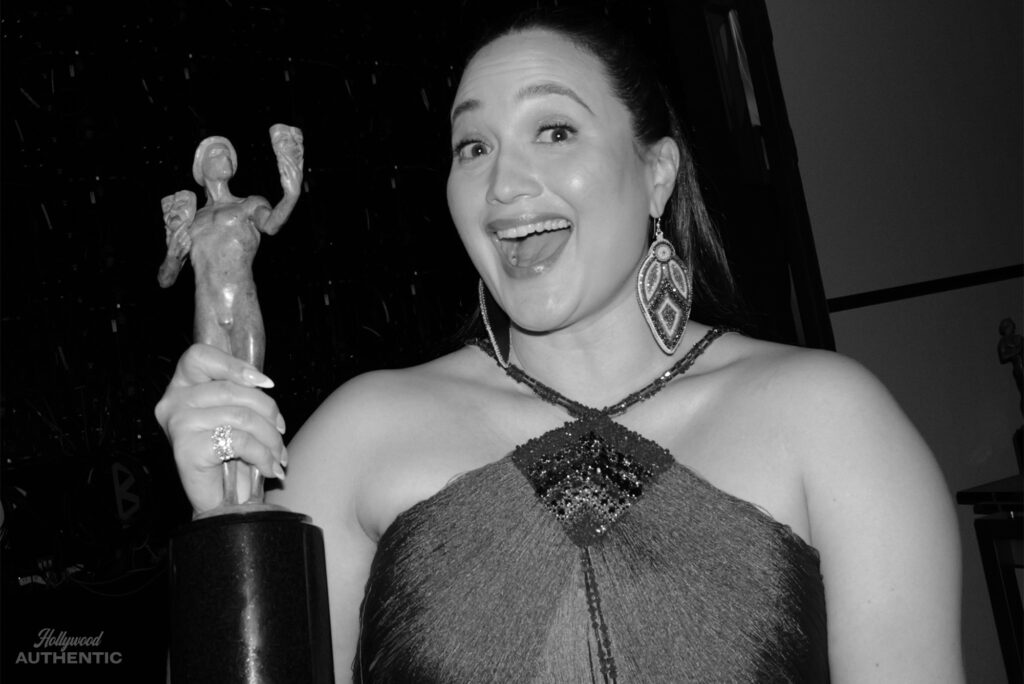
The Last Of Us star Pedro Pascal was so unprepared for a win as Best Actor in a drama series that he admitted to having got drunk on the table booze (including Taittinger champagne) when he got on stage. He was seated next to black-lace clad Jessica Chastain (in Armani) during a dinner of salmon, with a pie station available for dessert. Most actors abandoned their plates to mingle before the ceremony began: Anne Hathaway in cobalt Versace chatting to Glen Powell wearing a brown Brioni tux, Margot Robbie maneuvering her statement pink bow dress by Schiaparelli around the gold chairs, Pedro Pascal catching up with Billie Eilish (who autographed Melissa McCarthy’s forehead in an on-stage skit), Brie Larson talking with Jodie Foster and Oprah Winfrey regal in on-theme violet on The Color Purple table. Hannah Waddington showed other guests her cardboard clutch bag, created by her daughter and featuring crayoned ‘Epic’ designs.
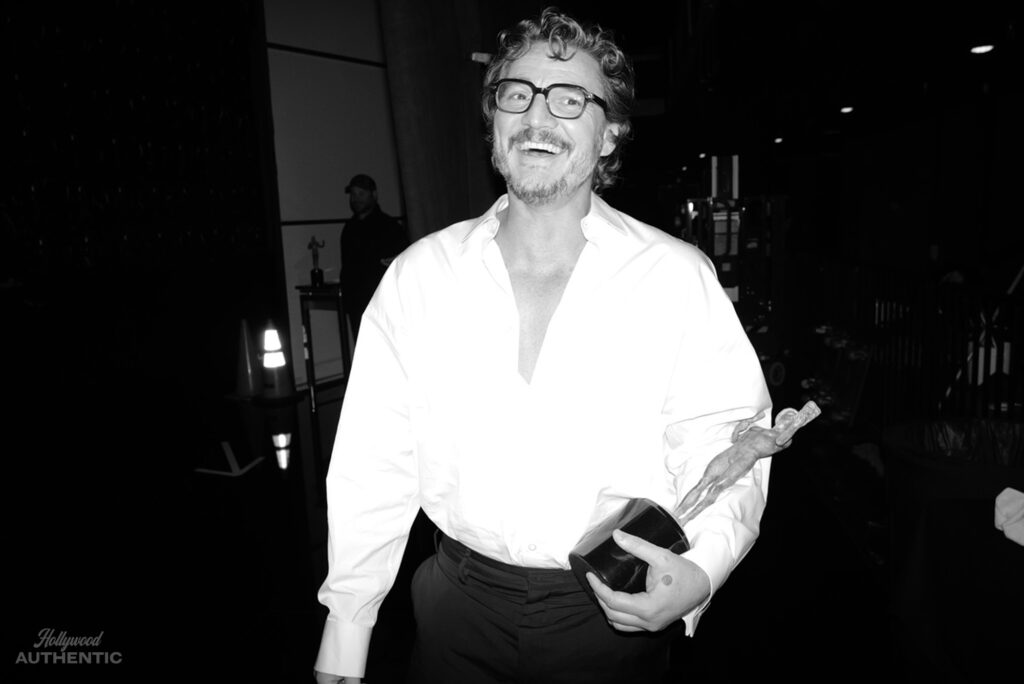
All awards show need a presenter talking point – Michael J Fox’s arrival at last week’s BAFTAs being one – and the SAGs reunited the cast of The Devil Wears Prada 18 years after the film’s release as Anne Hathaway, Emily Blunt and Meryl Streep handed out the Best Actor in a comedy series gong. As Streep opened the winners envelope, Blunt quoted one of her killer lines from the film to the delight of the audience; “by all means, move at a glacial pace – you know how that thrills me.” Social media noted that Hathaway’s dress tone was a nod to Streep’s waspish line about ‘cerulean blue’ from the movie… Also reuniting, 21 years after the release of The Lord Of The Rings trilogy, were hobbits Elijah Wood and Sean Astin, as they presented The Holdovers star Da’Vine Joy Randolph, wearing champagne silk, with best supporting actress.
Succession had dominated other awards events this season and they took home the cast top honours in drama, but it was Elizabeth Debicki who won Best Actress in a drama series for her depiction of Princess Diana in The Crown. The Bear nabbed Best Actor and Best Actress in a comedy series for Jeremy Allen White and Ayo Edebiri, while Beef co-stars Ali Wong and Steven Yuen cleaned up as Best Actor and Actress in a limited series.
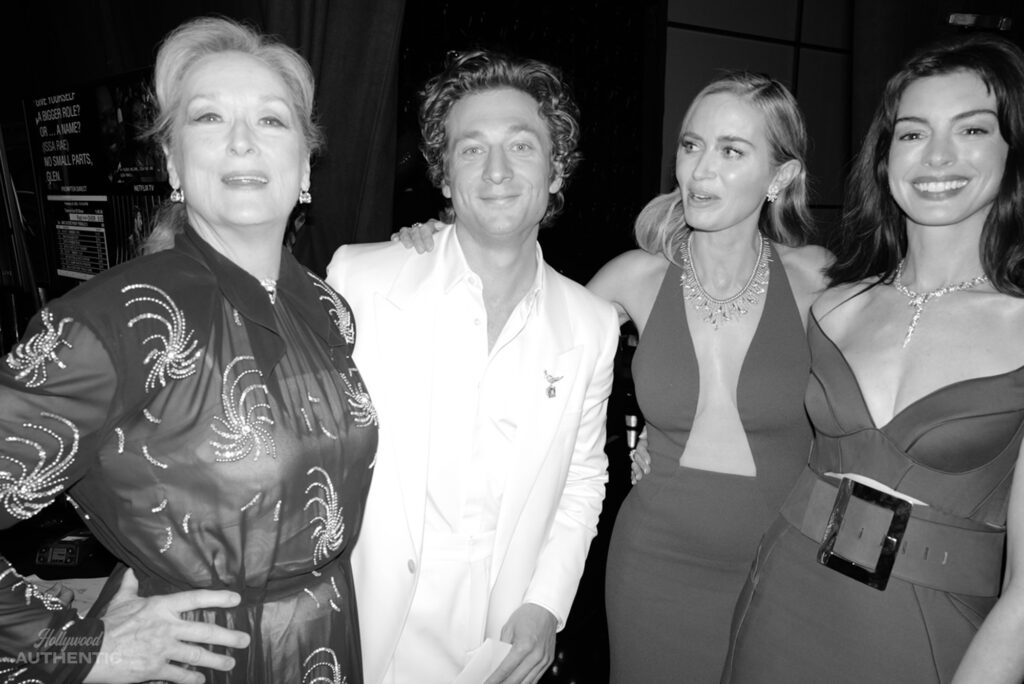
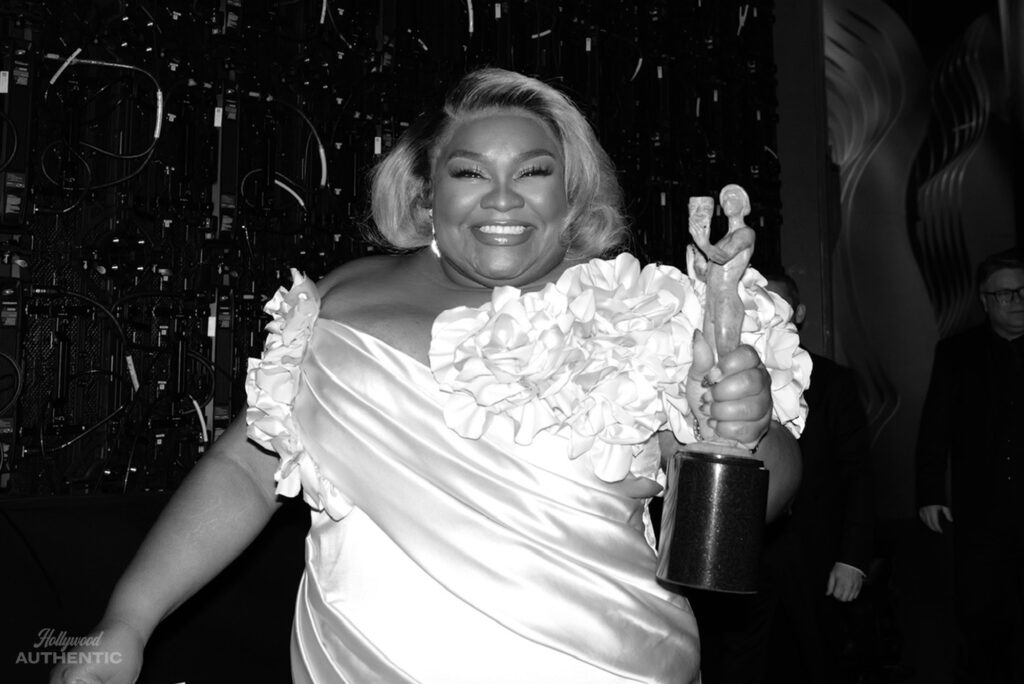
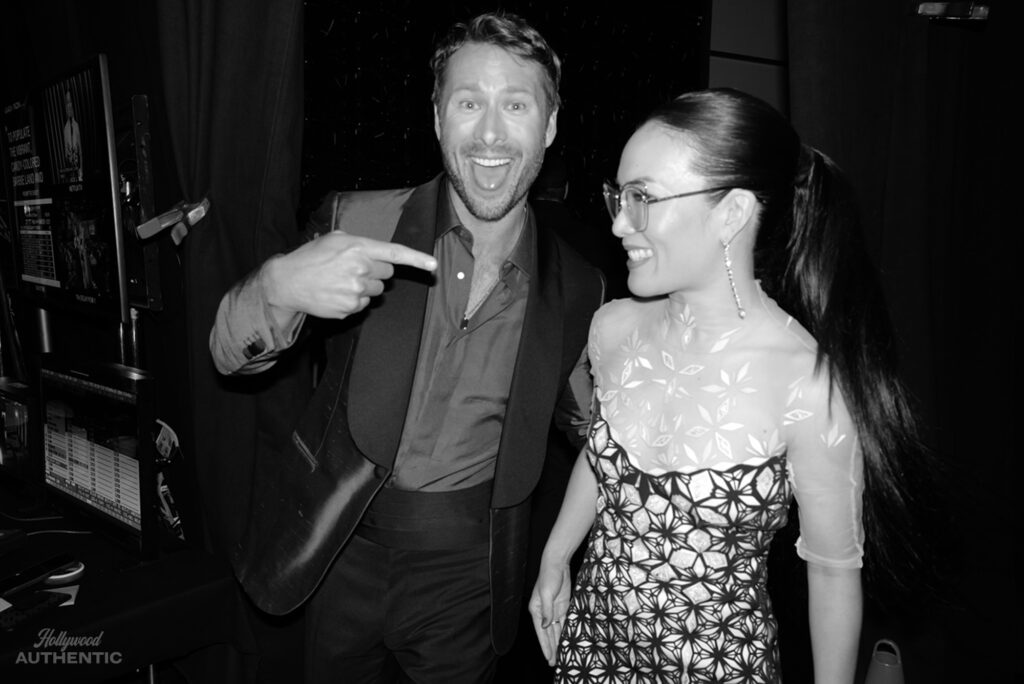
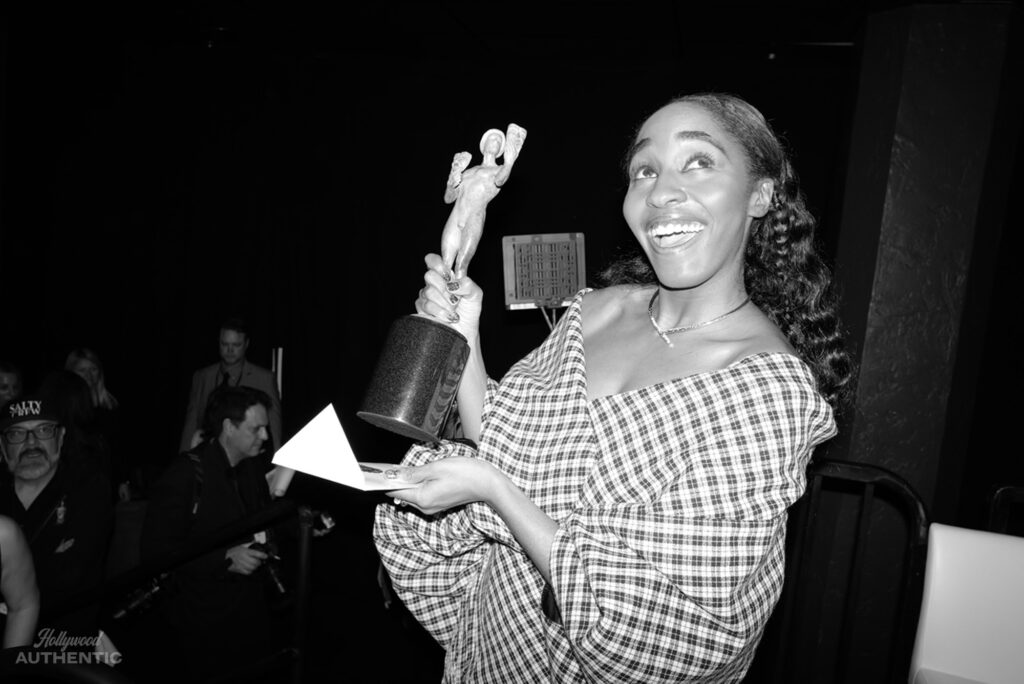
The event was closed out by the lifetime achievement award going to Barbra Streisand, dressed in black and gold complete with beret, and greeted with a standing ovation and laughter as she told the ballroom that she was thrilled to have known about the award in advance so she didn’t have to put on a happy face when someone else won. She went to talk about her first crush, Marlon Brando, and thanked the assembled actors for giving her so much joy on-screen.
As the after-party continued before guest headed to other soirees across town, everyone no doubt had their eye on the next awards show in the calendar. Only two weeks to go before Hollywood does it all over again at the 96th Academy Awards at the Kodak Theatre…
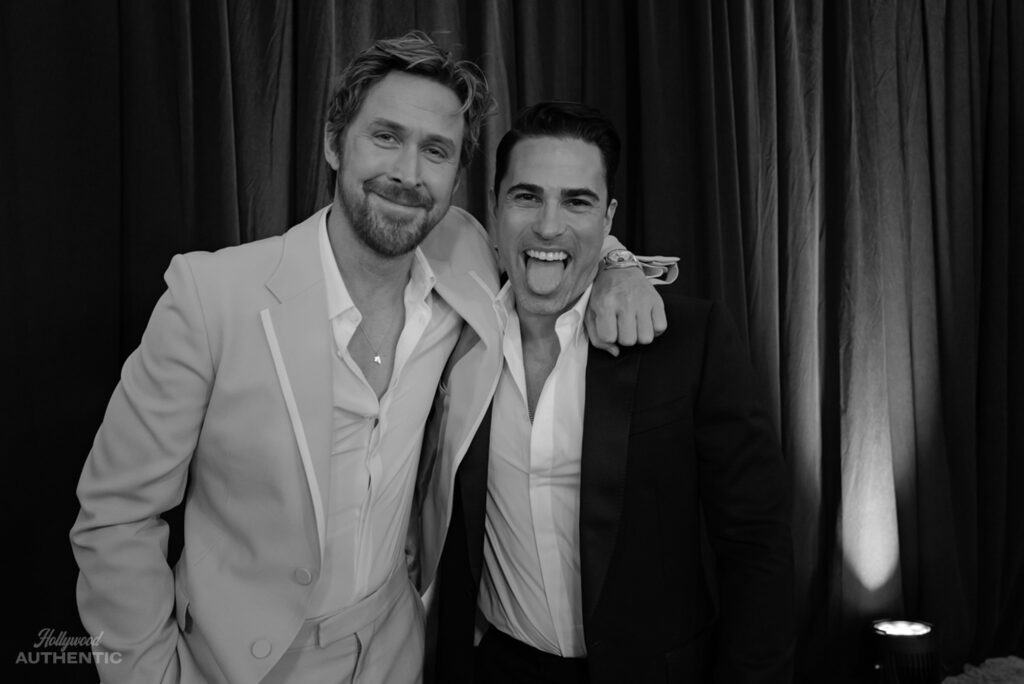

WINNERS:
FILM
Outstanding performance by a cast in a motion picture – Oppenheimer
Outstanding performances by a female actor in a leading role – Lily Gladstone
Outstanding performance by a male actor in a leading role – Cillian Murphy
Outstanding performance by a female actor in a supporting role – Da’Vine Joy Randolph
Outstanding performances by a male actor in a supporting role – Robert Downey Jr
Outstanding Action Performance by a Stunt Ensemble in a Motion Picture – Mission: Impossible – Dead Reckoning Part 1
TV
Outstanding Performance by an Ensemble in a Drama Series – Succession
Outstanding Performance by an Ensemble in a Comedy Series – The Bear
Outstanding Performance by a Female Actor in a Drama Series – Elizabeth Debecki
Outstanding Performance by a Male Actor in a Drama Series – Pedro Pascal
Outstanding Performance by a Female Actor in a Comedy Series – Ayo Edebiri
Outstanding Performance by a Male Actor in a Comedy Series – Jeremy Allen White
Outstanding Performance by a Female Actor in a Television Movie or Limited Series – Ali Wong
Outstanding Performance by a Male Actor in a Television Movie or Limited Series – Steven Yuen
Outstanding Action Performance by a Stunt Ensemble in a Television Series – The Last Of Us
Words by Jane Crowther
Photographs by Greg Williams




